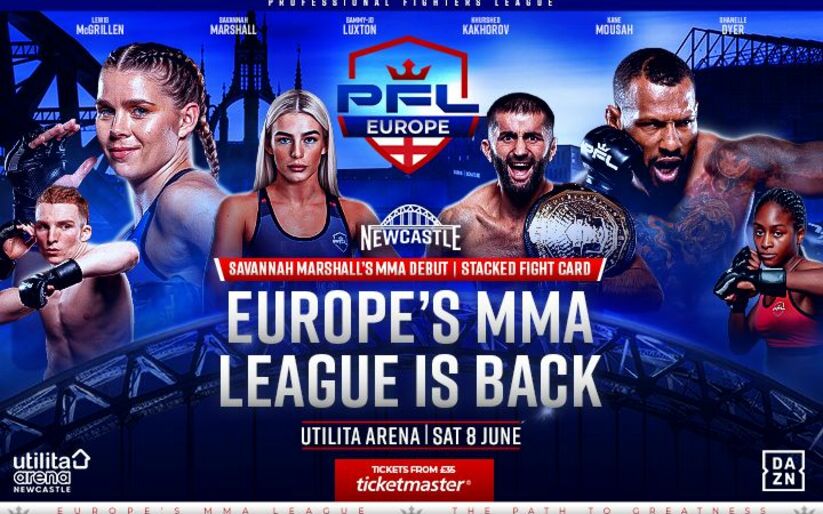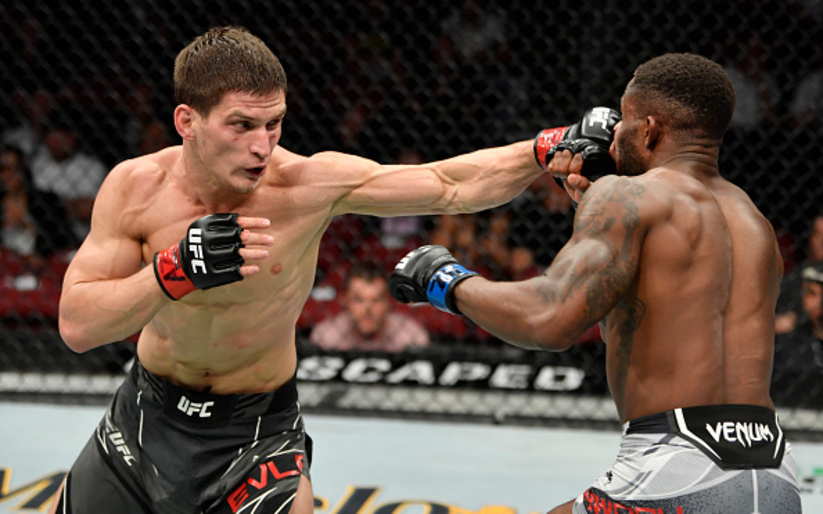By Carlin Bardsley
April 14, 2000. The UFC was making their third trip to Japan, headlined by a clash between Tito Ortiz and Wanderlei Silva for the vacant 205 (then known as middleweight) title. Ortiz was able to keep Silva on his back for the most part, and was awarded a decision victory after 15 minutes and the title. What neither could have known then, was that this was merely the beginning for both of them, and they would once again be in the same building when their careers took a fateful turn.
The Rise
Ortiz and Silva went on to be the face of their promotions, UFC and Pride respectively. Their styles were almost perfect counterpoints to each other. Ortiz being a dominant wrestler who excelled at putting his opponent on their back and delighting in pounding his opponent into submission. Silva was a hyper-aggressive brawler who loved to stand and trade on the feet while incorporating some of the meanest muay thai clinch work seen in the sport to that time. The two were also contrasts in their personality; Ortiz took to the limelight naturally, was quick with a quip for the media and appeared to have never met a microphone or camera he didn’t like. Silva was far from a media darling, with his limited command of english and desire to remain ultra-focused on his upcoming fight. Some insist possessed a psychological advantage in many bouts simply due to his spine-tingling pre-fight staredown. Even their nicknames seemed diametrically opposed. Ortiz’s moniker of “The Huntington Beach Bad Boy” seemed to be just as much about his antics outside the cage. Silva’s soubriquet “The Axe Murderer” was a result of the bludgeonings he had subjected his opponents to and the scars he left on them.
Both men made their name by declaring war on the biggest star in their company at the time. Tito’s much-publicized feud with the Lion’s Den began as soon as he stepped into the UFC, with his battles with Guy Mezger and victory over Jerry Bohlander. The showdown with Lion’s Den leader Ken Shamrock in 2002 and Ortiz’s subsequent victory cemented him as the promotion’s biggest star and top pay-per-view draw. Meanwhile in Japan, Silva was undefeated in Pride when he was matched up with Pride’s top star and Japanese legend “The Gracie Hunter” Kazushi Sakuraba. Silva dominated and quickly dispatched Sakuraba with knees and soccer kicks. The rematch was deemed to be for the Pride middleweight (203 pound) title, and again Silva stopped Sakuraba, breaking his collarbone in the process and becoming the unquestioned king of the promotion.
The Plateau
While the early part of the decade saw both men on top of the MMA world, as the years wore on both men were facing increased adversity. After Ortiz suffered losses to Randy Couture and Chuck Liddell, a contract dispute saw him sit on the sidelines for over a year. Ortiz was buoyed by a decision victory over Forrest Griffin and a pair of victories of an aged Ken Shamrock. It would be the last time Ortiz would taste victory for many years. After Silva’s incredible 4 year run without a defeat since his loss to Ortiz, he was bested by New Zealand super-heavyweight Mark Hunt. He then traded a pair of decisions with Ricardo Arona before agreeing to enter Pride’s open weight Grand Prix. It would prove to be the tipping point for the man known as “The Axe Murderer”’s career.
The Fall
Entering his rematch with Chuck Liddell, Ortiz looked to avenge his loss to his former training partner and reclaim his title and his position at the top of UFC’s 205 pound division. Neither of those happened, as Ortiz was once again stopped by “The Iceman”. From there, Ortiz seemed to battle injuries and the UFC brass harder than he did his opponents. Serious back and neck injuries took their toll and Ortiz’s love/hate relationship with UFC President Dana White led to Ortiz spending more time on the sidelines. Inside the octagon, Ortiz fared little better. Since his loss in the Liddell rematch, Ortiz compiled a record of 0-3-1, and looked to be a shell of his former dominant self. His performances and personal strife not only with White, but his public spats with wife Jenna Jameson led many to speculate that Ortiz’s days of competing were over.
Silva’s participation in Pride’s open weight Grand Prix pitted him back against Mirko Cro Cop, who Silva had taken to a draw in 2002. This time around, Silva was introduced to unconsciousness from a Cro Cop head kick, his first KO loss since being blitzed by Vitor Belfort in 1998 and shattering the veneer of invincibility that had cloaked Silva for so long. Silva’s next fight produced the same results, as Dan Henderson knocked him out to take his Pride title. Silva hoped that a move to the UFC would change his fortunes, but went 1-3 upon his entrance to the promotion, including a devastating KO loss to rival Quinton “Rampage” Jackson.
One Last Chance
Dana White had planned to cut Ortiz after his loss to Matt Hamill, but Ortiz pleaded for one more opportunity to continue his career. White finally relented, putting the supposedly washed-up marquee name against a dangerous young opponent in the form of Ryan Bader. Bader was figured to have superior wrestling to Ortiz, was younger, faster, hungrier and had only suffered one loss; that coming to Light Heavyweight Champion Jon Jones. From White’s perspective, it was a no-lose situation. If Ortiz won, White could use him in another high-profile fight. If he loss, as many were predicting, White could rid himself of his adversarial relationship with Ortiz and also use the legend of “The Huntington Beach Bad Boy” to build up one of the division’s up-and-comers.
Silva was smart enough to realize his career at 205 was stalled, and was growing weary of taking the beatings from the larger fighters of the class. He figured a move down to 185 would rejuvenate his career and push him back into title contention again. His debut in the division was a close decision win over Michael Bisping, which raised his spirits but failed to answer nagging questions as to whether his chin could still stand up against power punches after the beatings he’d endured over his career, both in fights and in the notorious “gym wars” at the vaunted Chute Boxe academy where Silva had trained in his prime. Adding to the questions was Silva’s 16 month layoff after undergoing ACL surgery. Silva was hoping that a win over tough brawler Chris Leben would answer both of those questions and put Silva’s name among the top contenders in the middleweight division.
UFC 132
It had been over eleven years since Ortiz and Silva tangled on that fateful night in Japan. Then, they had been the young superstars at the crest of their division, now they were the aging warriors looking to prove they still belonged at the top of the heap. The oddsmakers were not being particularly kind to Ortiz, but Silva was a slight favourite. The school of thought being that Bader could do anything Ortiz could do better, while Silva had the edge in a bout between brawlers with Leben.
As we all know now, both fights ended quickly. Ortiz shocked the world by levelling Bader with a right hand and following up with a guillotine submission victory, his first victory by submission since 2000. Silva went into his fight swinging wildly and was dropped even more quickly by Leben, suffering a 27 second KO loss. After the card was over, pundits mused about a possible third meeting between Ortiz and Forrest Griffin, now that Ortiz had become relevant again. Dana White sadly admitted in the post-fight press conference that it was “probably the end of the road for Wanderlei” in the UFC.
Two men. Two MMA legends. Two divergent paths. One career brought back from life support, the other likely having the plug pulled. Although history has been written, once can’t help but wonder what would have happened had their initial meeting on April 14, 2000 had gone the other way. In any case, we as fans have been treated to two of the all-time great careers in the sport, and at least one will continue to add to his story.


